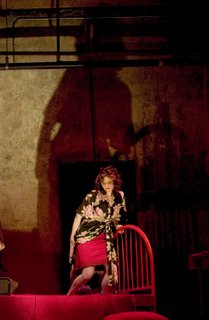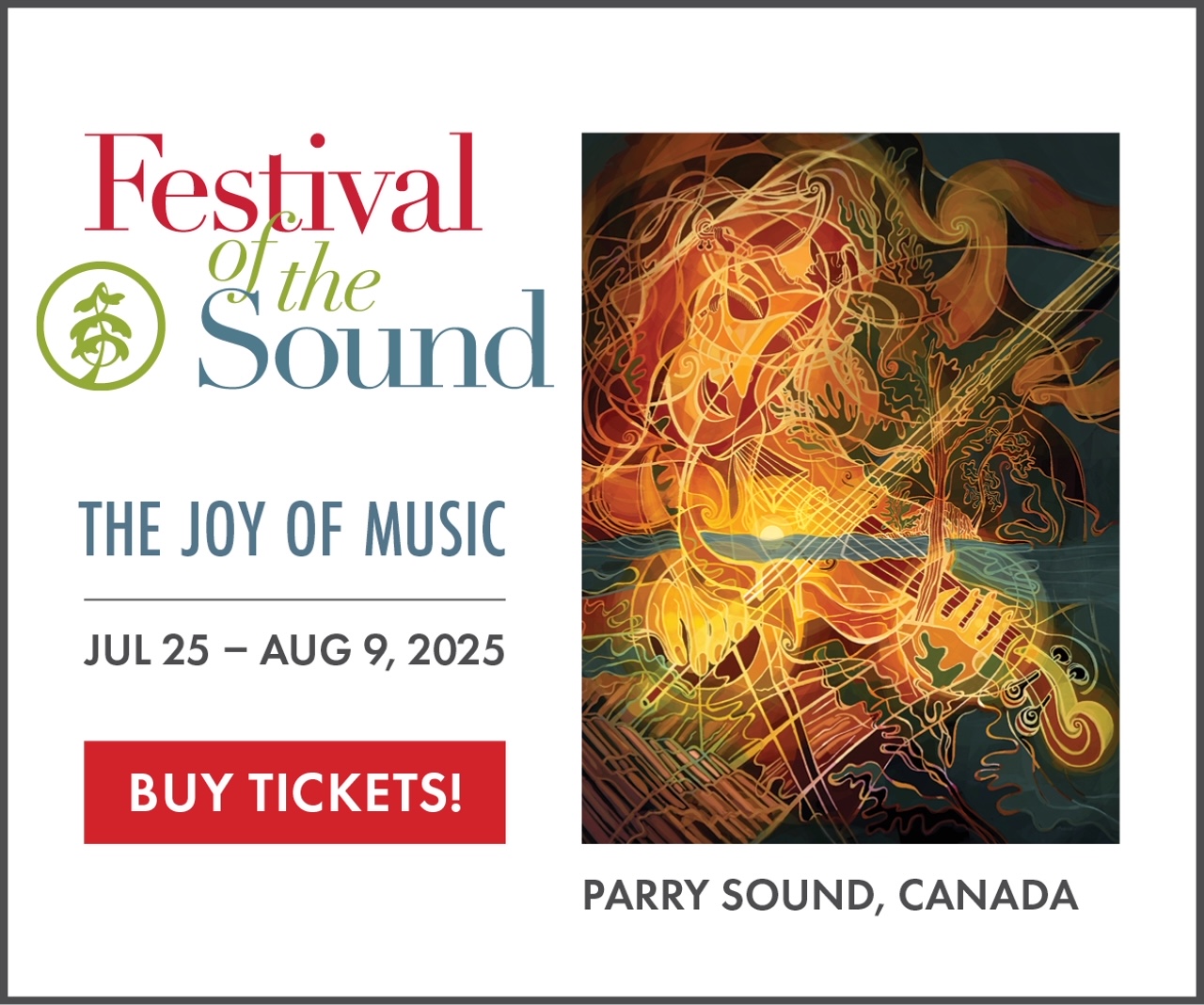Death in Venice, Nixon in Toronto
The 2010/11 opera season is upon us with the promise of over 26 different opera productions announced so far in Toronto and environs over the next ten months. Rather than give an overview of all these productions, I’ll focus on the five I presently look forward to most.
The 2010/11 season marks the first season planned entirely by Canadian Opera Company general manager Alexander Neef. He seems to have looked over the company’s production record to find those operas that the company has never or at least not recently produced. The first of these to arrive is Benjamin Britten’s final opera Death in Venice (1973), last staged by the COC in 1984. The opera is based on Thomas Mann’s 1912 novella about an elderly writer’s strange attraction to Tadzio, a Polish boy staying with his family in Venice before a cholera epidemic strikes the city. The COC will present the acclaimed 2007 Aldeburgh Festival production directed by Yoshi Oida, starring Alan Oke, who won kudos there as Aschenbach, and conducted by Steuart Bedford, who conducted the original production in 1973. Britten’s spare, delicate score should fare much better in the Four Seasons Centre than it could in the O’Keefe in 1984. The opera runs from October 16 to November 6.
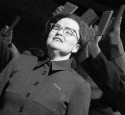 The second noteworthy opera from the COC is the Toronto premiere of John Adams’ Nixon in China (1987), an opera now performed around the world that had its Canadian premiere as part of the 2010 Vancouver Cultural Olympiad. The choice is significant for a number of reasons. First, the COC hasn’t presented an American opera since Kismet in 1987 and before that Candide in 1984. While it’s true that Canada is inundated with American popular culture, it is foolish to exclude those American works that have become accepted touchstones of 20th-century opera. There are other operas by Adams, not to mention by Carlisle Floyd, Philip Glass or Jake Heggie, that have become well-known elsewhere but have never been staged here.
The second noteworthy opera from the COC is the Toronto premiere of John Adams’ Nixon in China (1987), an opera now performed around the world that had its Canadian premiere as part of the 2010 Vancouver Cultural Olympiad. The choice is significant for a number of reasons. First, the COC hasn’t presented an American opera since Kismet in 1987 and before that Candide in 1984. While it’s true that Canada is inundated with American popular culture, it is foolish to exclude those American works that have become accepted touchstones of 20th-century opera. There are other operas by Adams, not to mention by Carlisle Floyd, Philip Glass or Jake Heggie, that have become well-known elsewhere but have never been staged here.
The COC production of Nixon in China comes from Opera Theatre of Saint Louis where it was staged in 2004 by James Robinson. He will also direct the Toronto production, which will feature Robert Orth as Richard Nixon, Adrian Thompson as Mao Tse-Tung and Tracy Dahl as Madame Mao. The production runs February 5 to 26, 2011. For more information see www.coc.ca.
Toronto is fortunate among North American cities to have a resident professional operetta company, Toronto Operetta Theatre. And we’re doubly fortunate that under the leadership of Guillermo Silva-Marin, the TOT has not been content to stage only Gilbert and Sullivan or Viennese operetta, but to introduce Toronto audiences to Old and New World zarzuela, the Spanish form of operetta that is part of the heritage of an increasing North American demographic. This year TOT presents its first production of Luisa Fernanda (1932) by Federico Moreno Torroba (1891-1982). The work is often considered the last of the great romantic zarzuelas before the form, as it became increasingly political, became extinct during the Spanish Civil War.
In Luisa Fernanda the action takes place in 1868 when the reign of Queen Isabel II is under threat by a revolutionary republican movement that eventually achieves success. For those curious to know more there is a 2006 DVD starring Placido Domingo as the protagonist, conducted by Jesús López-Corbos. The TOT production will be conducted by José Hernández and will star Mexican tenor Edgar Ernesto Ramirez and Canadian soprano Michèle Bogdanowicz. Luisa Fernanda plays March 9-13, 2011.
This season, Opera Atelier completes its long-held goal of staging what it calls its “Mozart Six.” The sixth in this series is Mozart’s second last opera, La Clemenza di Tito (1791), that Toronto has not seen fully staged since a COC production in 1991. What makes this production especially exciting is that it reunites five of the singers that made OA’s Idomeneo such a wild success in 2008. Returning for Tito are Kresimir Spicer in the title role, Measha Brüggergosman as Vitellia, Michael Maniaci as Sesto, Mireille Asselin as Servilia and Curtis Sullivan as Publio. David Fallis will conduct and Marshall Pynkoski will direct. See www.operaatelier.com for more.
Coming up sometime in 2011 (the date is still to be announced) will be the latest opera by Ana Sokolovic for Queen of Puddings Music Theatre. The work is called Svadba (The Wedding) and will be based on existing Slavic and Balkan folk tales. Sokolovic is the composer of QoP’s Sirens/Sirènes and the acclaimed chamber opera The Midnight Court from 2005 that travelled to London’s Covent Garden in 2006. Svadba, scored for six female singers, is set on the night before a fiancée leaves for her wedding while her friends keep her company with enactments of pagan rituals and peasant stories. See www.queenofpuddingsmusictheatre.com for further information.
Christopher Hoile is a Toronto-based writer on opera and theatre. He can be contacted at: opera@thewholenote.com.


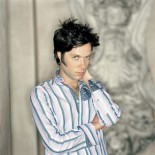

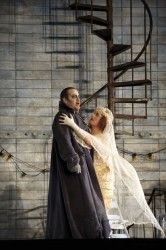

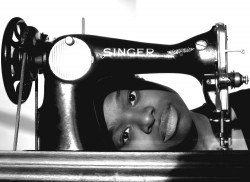
/marion_portrait2005_3-area-121x162.jpg)
